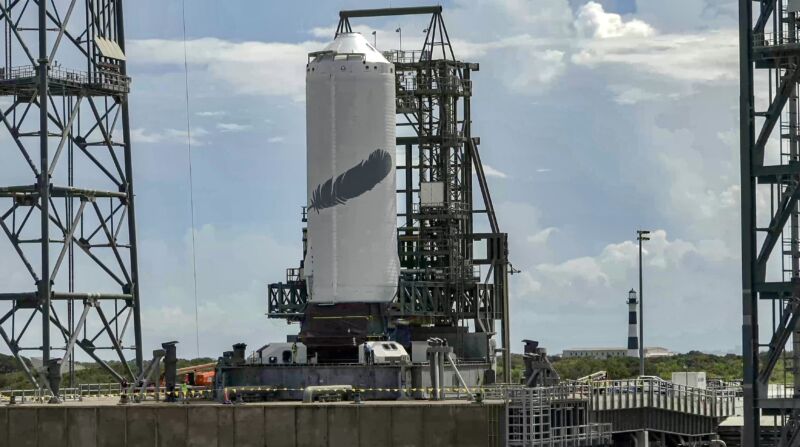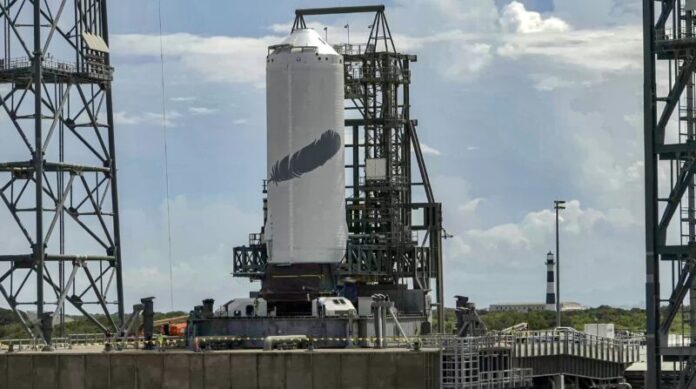
Enlarge / The second stage of the New Glenn rocket rolled to the launch site this week. (credit: Blue Origin)
NASA and Blue Origin announced Friday that they have agreed to delay the launch of the ESCAPADE mission to Mars until at least the spring of 2025.
The decision to stand down from a launch attempt in mid-October was driven by a deadline to begin loading hypergolic propellant on the two small ESCAPADE (Escape and Plasma Acceleration and Dynamics Explorers) spacecraft. While it is theoretically possible to offload fuel from these vehicles for a future launch attempt, multiple sources told Ars that such an activity would incur significant risk to the spacecraft.
Forced to make a call on whether to fuel, NASA decided not to. Although the two spacecraft were otherwise ready for launch, it was not clear the New Glenn rocket would be similarly ready to go.
Read 9 remaining paragraphs | Comments
Ars Technica - All contentContinue reading/original-link]




